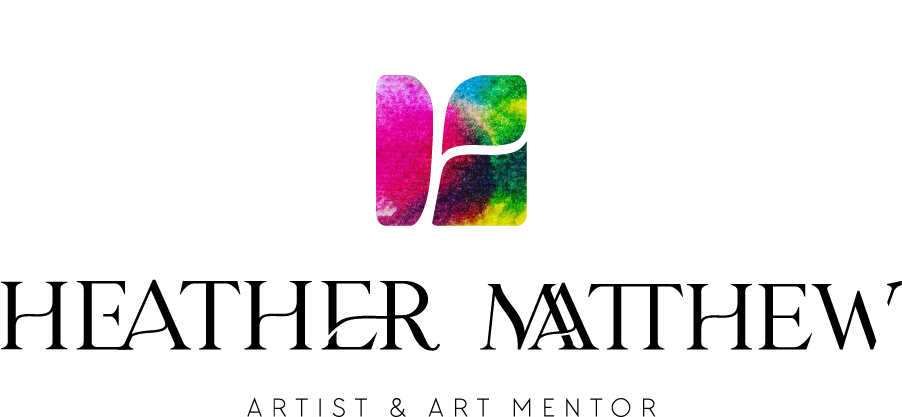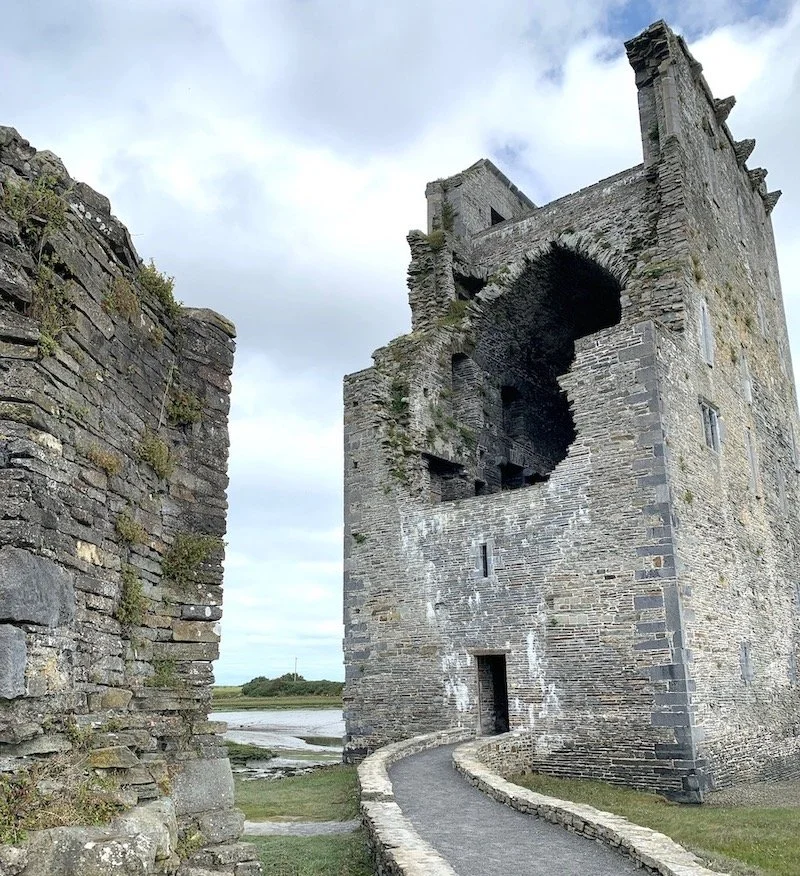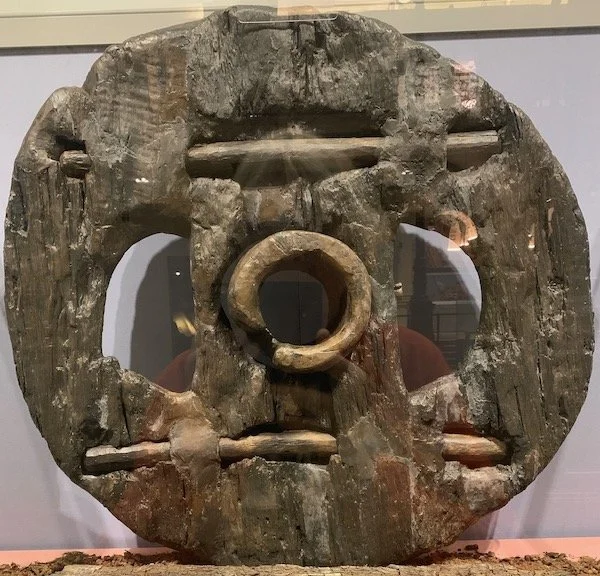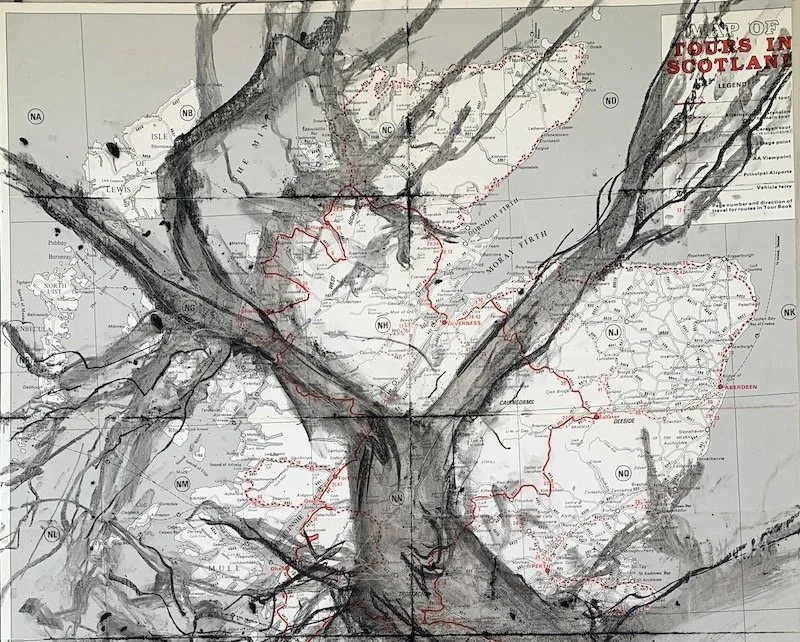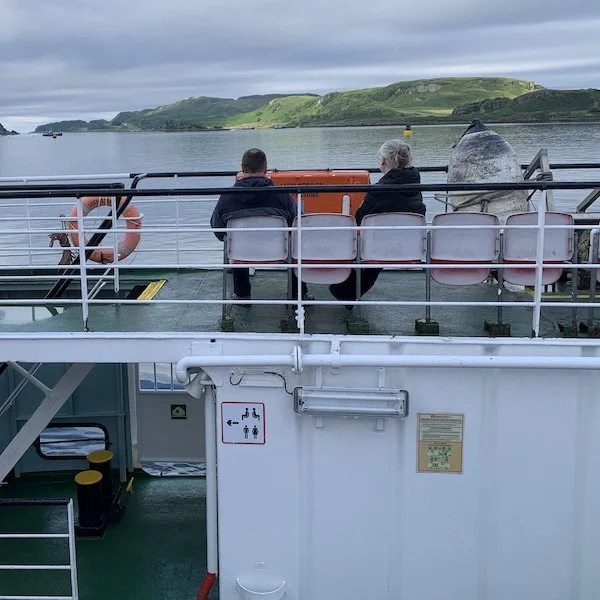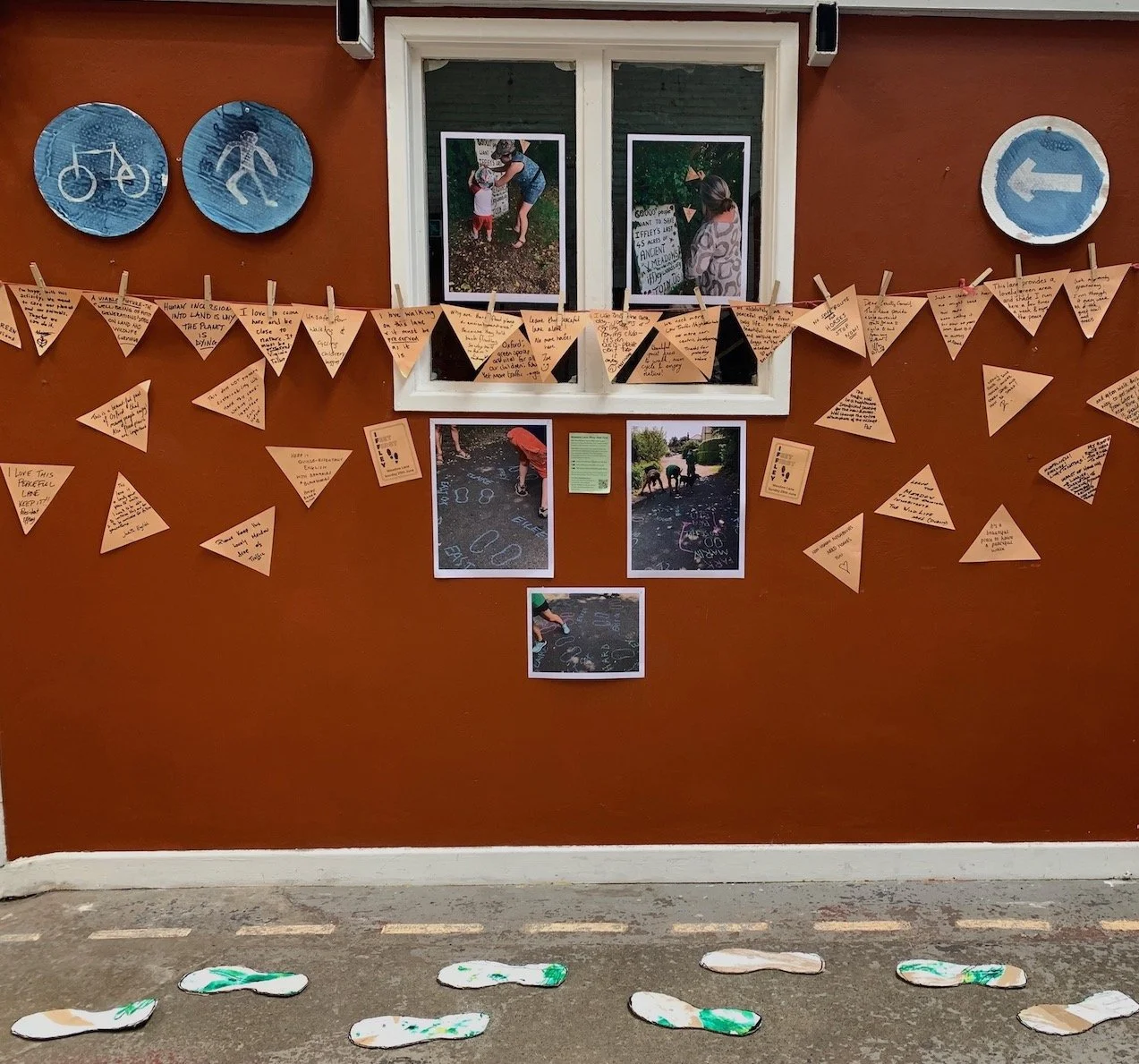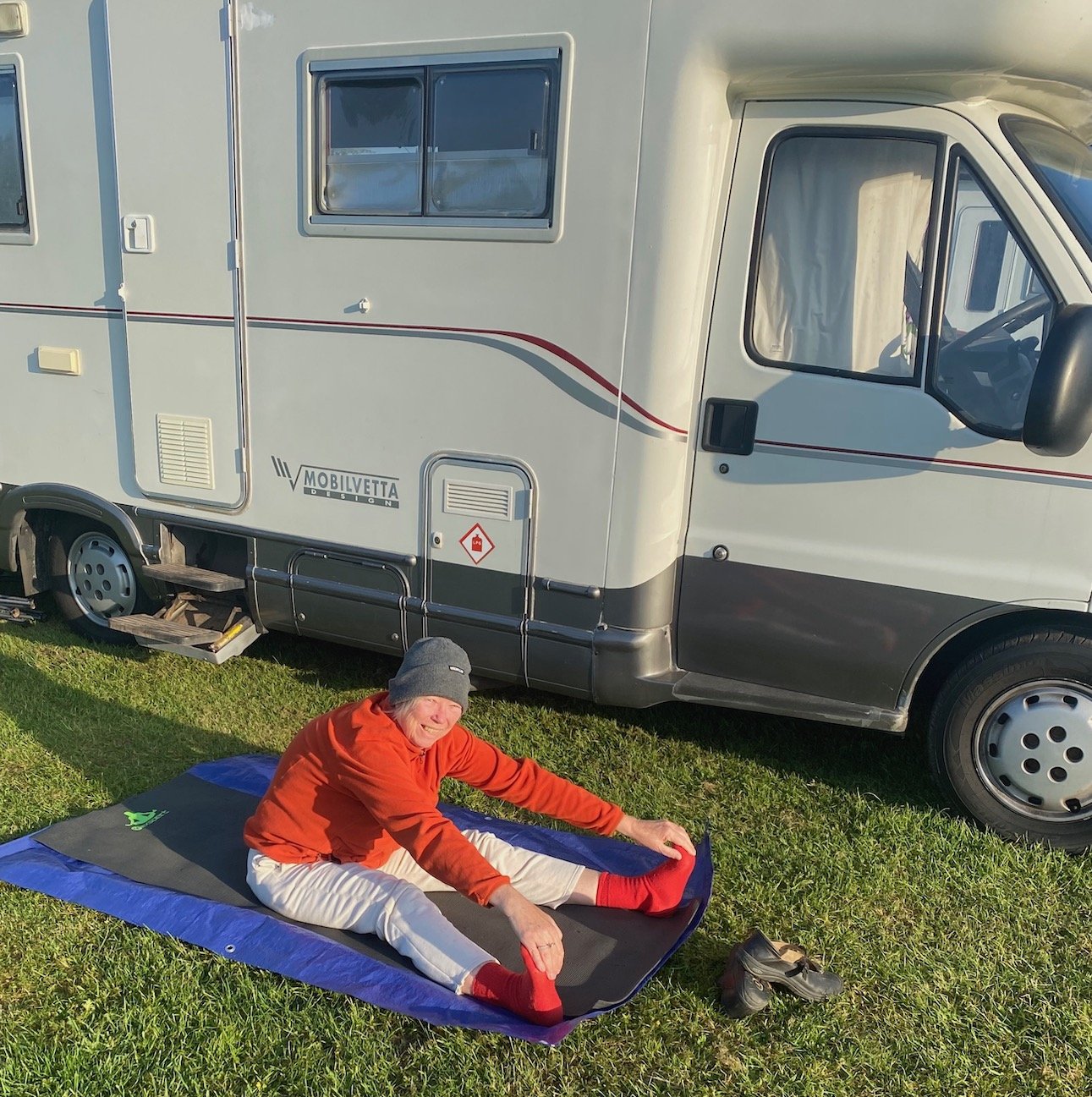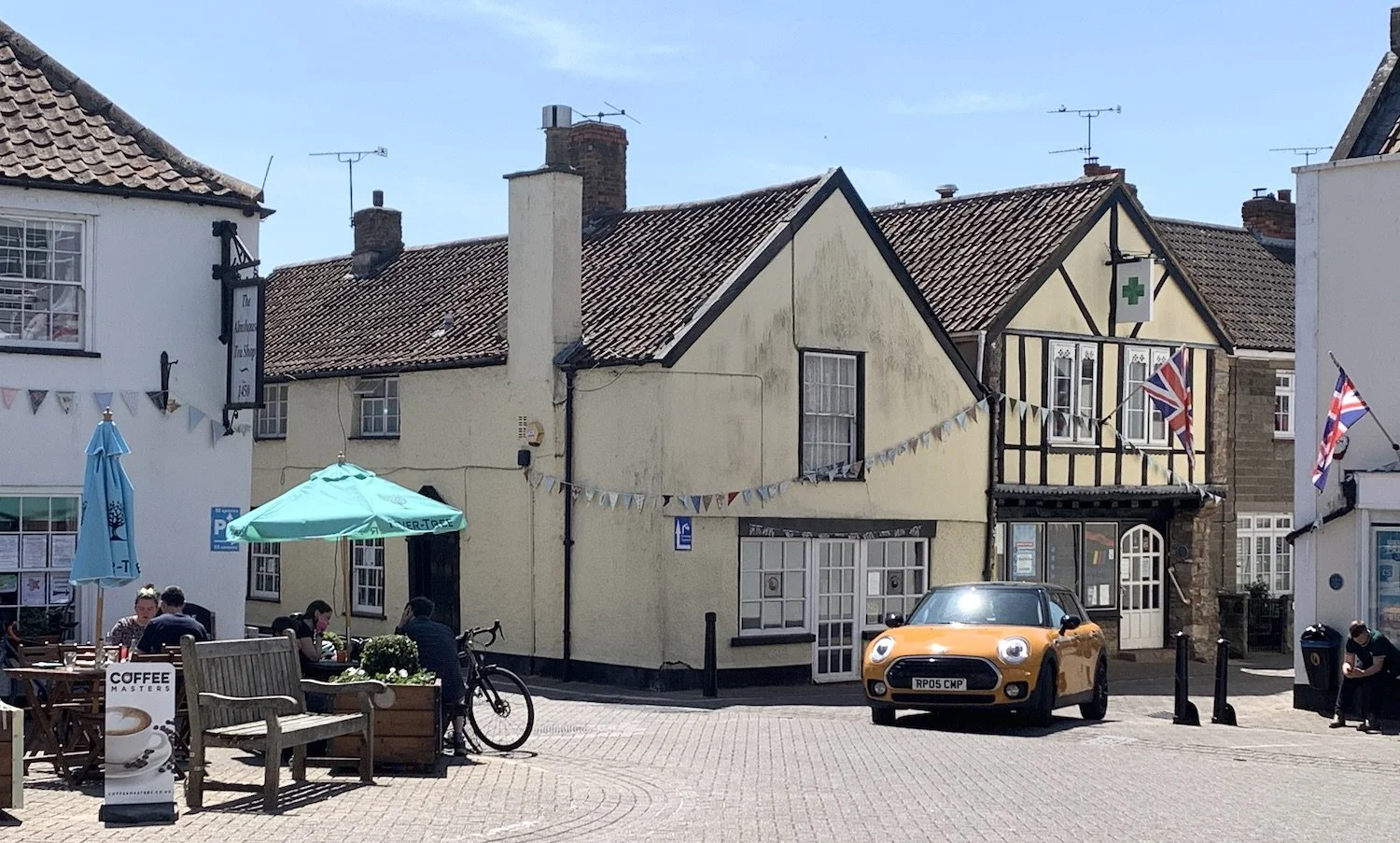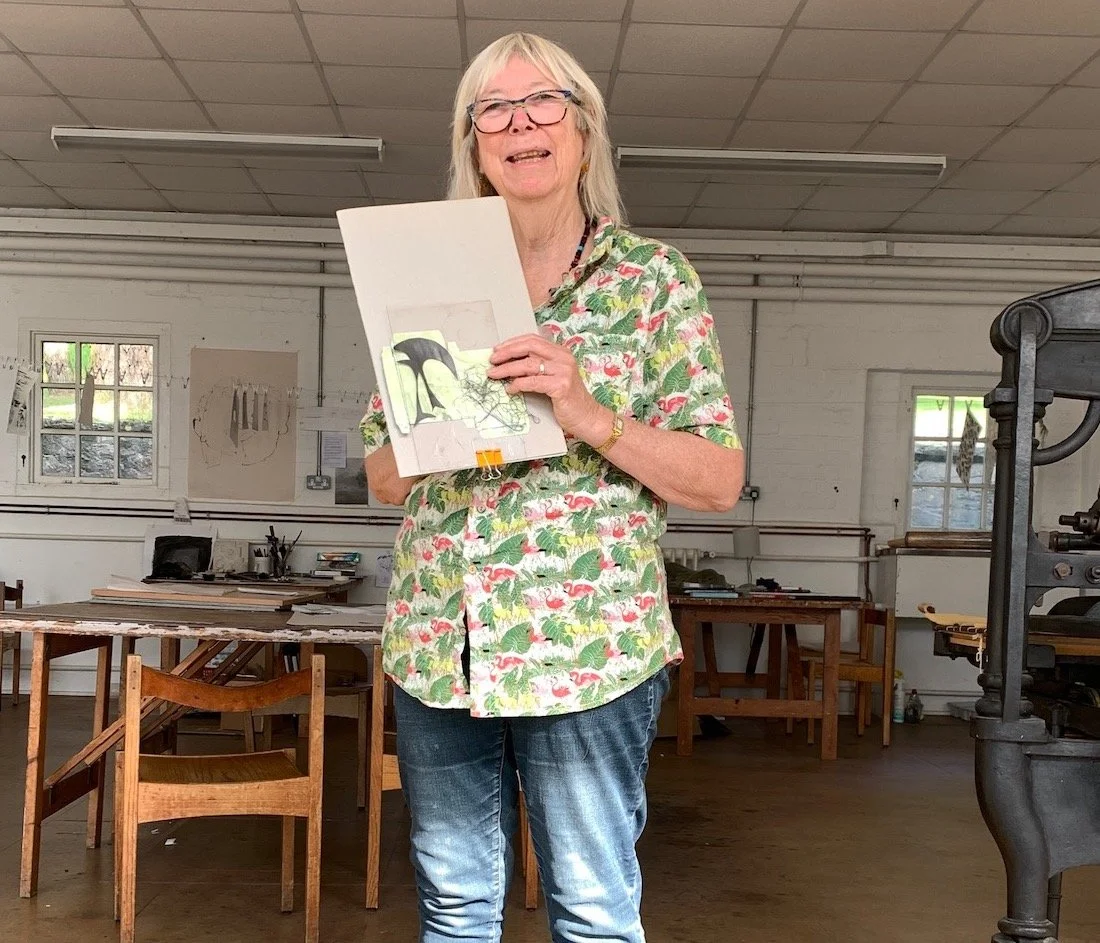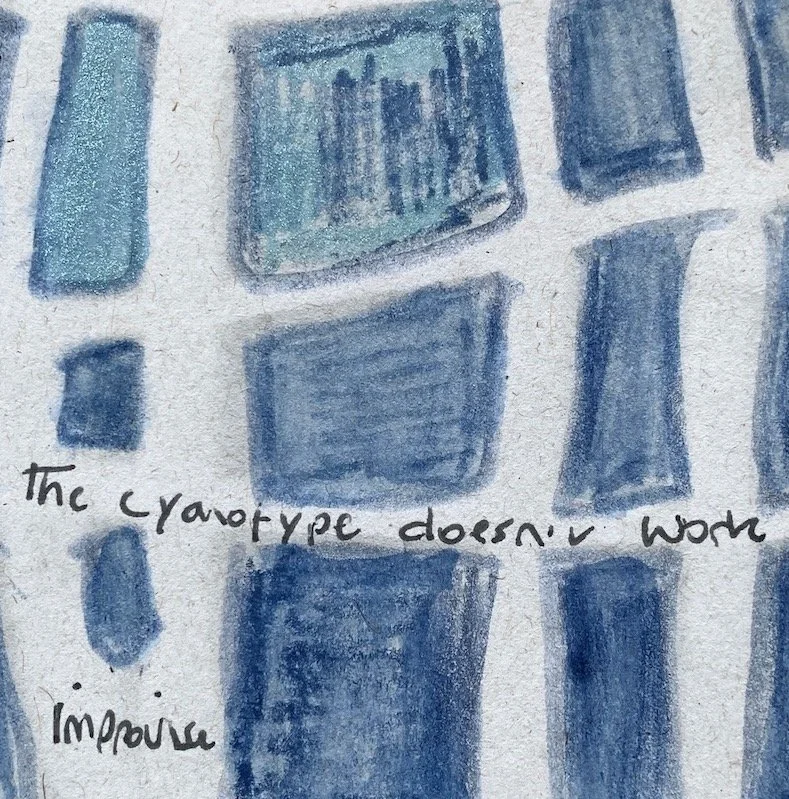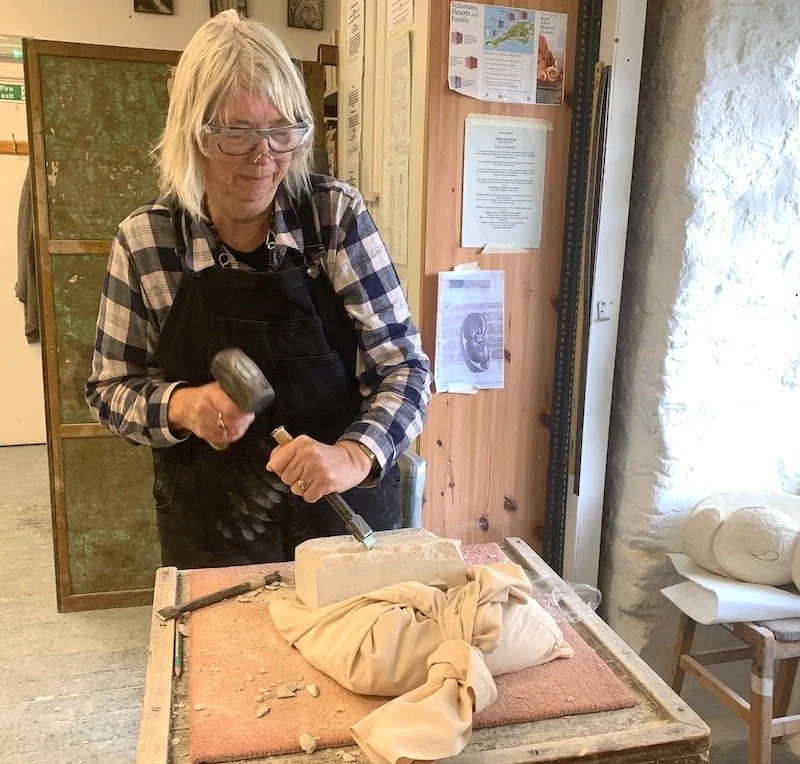What does a landscape reveal? In Ireland the west coast is full of the relics of stone towers and castles where lives were lived and battles fought. What we learn when we travel is not always aligned with the histories taught at school.
Objects, Place & Time
What objects do you keep and what stories do they tell? Museums are great storehouses of stories told through the collection of objects. Souvenirs of place and time, preserved through fate or passed down through generations.
Caledonian Return
The Caledonian Pine or Scots Pine tree seems to symbolise all that is tough and hardy about Scotland. Through it I feel the tug and pull of my DNA, my ancestors voices in the wind, calling. I wrote a poem which became a drawing and then a video. I love the way the artistic process unfolds as you work.
Weathering the Weather
Much of art research is collecting information or data, then conceptualising how this can be creatively expressed. Collecting data about the weather has become a rich source of inspiration in the Western Highlands for over a hundred years. I’m carrying it forward…
Climbing, not Bagging
Why do people climb mountains? Is it because “they’re there?” In Scotland there is a tradition of ‘bagging a Munro’, climbing one of the mountains over 3,000 feet. My idea of climbing and bagging is a bit different….
Ferry Me Away
Bodies of water and their crossing will always fill me with the siren call of adventure. The anticipation of exploration and (self) discovery are strong allures so I headed out to the small island of Lismore on my own kind of pilgrimage.
Scaffolding the Soul
When creativity is flowing you feel alive and vital. But there are fallow periods in any artist’s life, and that is when you need to nurture yourself and build a scaffolding to support you as you revitalise your artistic practice.
A Welsh Treasure
A treasure hunt for sound vibrational art led me to Cyfarthfa Castle Museum and Art Gallery in southern Wales to view the works of Megan (Margaret) Watts Hughes. Her extraordinary pictures were created by singing into paint on a glass plate, revealing what the artist believed was the invisible “voice of God”.
On the Road
Sometimes it takes radical trust to believe that things will work out OK. After last minute repairs to the van, we are back on the road travelling through the Cotswolds and encountering more of the Roman history of Britain.
Documenting Process
It’s so important to document not only your finished work, but also the process of its creation. This means you exhibit your final findings as strong images, yet the process of how you came to make them, your ‘compost’ of ideas and creative process is a valuable part of the work as well and should be valued as such.
Dimensional Thinking
Creating sculptural book structures was a challenge I set myself this weekend. I have been influenced by observing the new and proposed housing developments in the city and how to portray the tension between housing and green spaces.
Art, Space & Time
Art is never created in a vacuum. It is always a product of its time, taking its influences from politics, society and the artist’s experiences of life. Art challenges and disrupts, it expands our thinking as I discovered this week at the Tate Modern in London.
Milestones
Stretching yourself is important in art as it is in life. What is also important is to acknowledge and celebrate each milestone, big or small. Like finishing a project or even touching my nose with my knee!
Field Experiments
I have always been drawn to travellers’ tales, both adventure travel tales as well as stories of the Roma people and travellers who were once a common sight camped in the English countryside. Thinking about travelling and finding shelter these past two weeks has led me to experiment with cyanotype prints out in the field with what materials I had to hand.
History Walking
History wraps itself around you when walking anywhere in England. I’ve just discovered a town with a museum named King John’s Hunting Lodge. Although King John died well before this building was erected, it is a nod to him and the town in Somerset which features plenty of historical references and old buildings.
Eat, drink, print
I have always thought of site specific art as part of an external landscape, something ‘outside’. This changed when I started making art on flattened out cardboard boxes from things I had eaten, drunk or ingested. Adding actual coffee and wine to the mix has yielded surprising results.
May Days
Permission to play is a ticket to freedom. Being immersed in nature at Dartington has been about allowing myself to notice what I’m interested in, which in turn has become the focus of experimental and playful art making.
Mapping with Mud
Walking to and from the studio each day, I have found myself counting my steps. When I was creating some drawings, monoprints and mud resist patterns, I realised I was making a map of my daily walks to and from the studio.
Wayfarers All
Is there still magic in the world? At Wiseman’s Wood on Dartmoor in Devon, the ancient oak trees entwine their branches to whisper their stories. You start to feel the presence of otherworldly beings all around. Strap on your boots and go!
Trying New Things
Invoking the spirit of Michelangelo, I tried out stone carving. I find it difficult to create in 3D but was keen to try new things. Starting with no clear plan, I hoped that the stone would to speak to me. It did!
